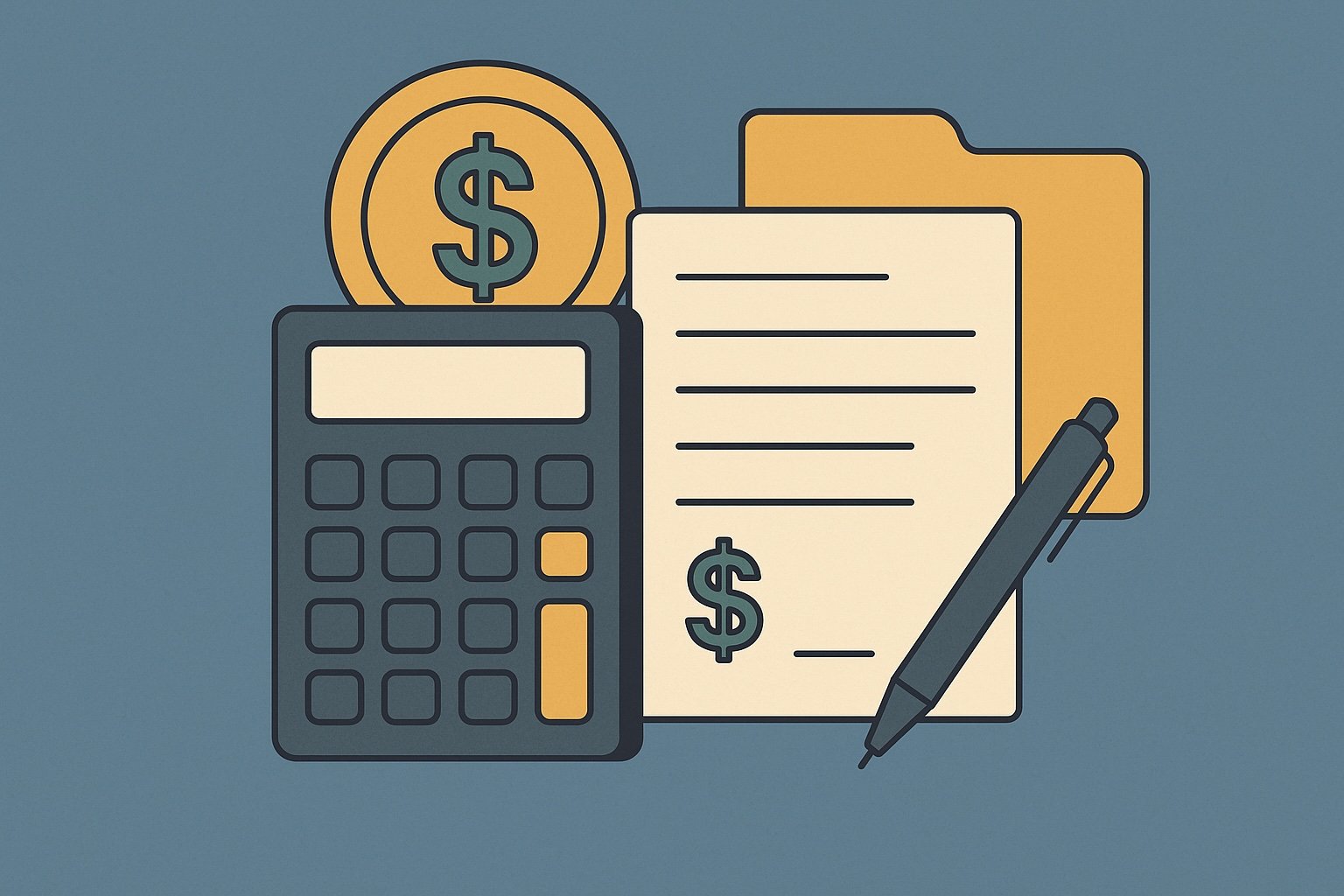Question
ARTE's Answer
When engaging in a 1031 exchange, one of the key considerations is how passive losses are treated. Passive losses typically arise from rental real estate activities and are subject to specific tax rules under the passive activity loss (PAL) limitations. These rules generally restrict the ability to deduct passive losses against non-passive income, such as wages or investment income. Instead, passive losses can only be used to offset passive income.
If you have more passive losses than passive income, the excess losses are carried forward to future tax years.
In the context of a 1031 exchange, the treatment of passive losses is particularly important. When you exchange a property, the passive losses associated with that property do not disappear. Instead, they are carried forward and can be used to offset passive income in future years. The key point is that the passive losses are not triggered or recognized at the time of the exchange. They remain suspended and continue to be carried forward until you have sufficient passive income to offset them or until you dispose of the property in a taxable transaction.
Example
Suppose you own a rental property that has generated $10,000 in passive losses over the years. You decide to engage in a 1031 exchange to defer the capital gains tax on the sale of this property. You sell the relinquished property for $500,000 and use Deferred.com as your qualified intermediary to facilitate the exchange. We help you identify and acquire a like-kind replacement property for $600,000.
In this scenario, the $10,000 in passive losses associated with the relinquished property are not recognized at the time of the exchange. Instead, these losses are carried forward and remain available to offset future passive income.
If the replacement property generates passive income in subsequent years, you can use the carried-forward passive losses to offset that income, reducing your taxable income.
It's important to note that the passive losses remain tied to your overall passive activity portfolio. This means that if you have other passive activities generating income, you can use the carried-forward losses to offset that income as well. The key is that the losses are not lost or eliminated in the exchange; they are simply deferred along with the gain.
In conclusion, when you engage in a 1031 exchange, your passive losses are not recognized or triggered. They are carried forward and can be used to offset future passive income. This allows you to continue deferring taxes while preserving the potential tax benefits of your passive losses. If you have any specific questions about your situation or need assistance with a 1031 exchange, feel free to reach out to us at Deferred.com. We're here to help you navigate the complexities of real estate tax strategies.
Have more questions? Call us at 866-442-1031 or send an email to support@deferred.com to talk with an exchange officer at Deferred.
Sources
- Deferring Losses On The Sale of Property Using 1031 Exchanges
- What To Do About Exchange Expenses in a Section 1031 Exchange? (Article)
- Rev. Rul. 2002-83 (Related Party Exchanges)
- TAM 200039005 (Failed Reverse Exchanges)
- Goolsby v. Commissioner
- TD 8535 (Like-Kind Exchanges of Real Property-Coordination with Section 453)
- Publication 544 (2023), Sales and Other Dispositions of Assets
1031 Question? Ask ARTE
Deferred's AI 1031 Research Assistant is trained on 8,000+ pages of US tax law and outperforms human CPAs by 22%+
CHAT NOW
Learn More
See more frequently asked questions about 1031 exchanges








